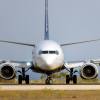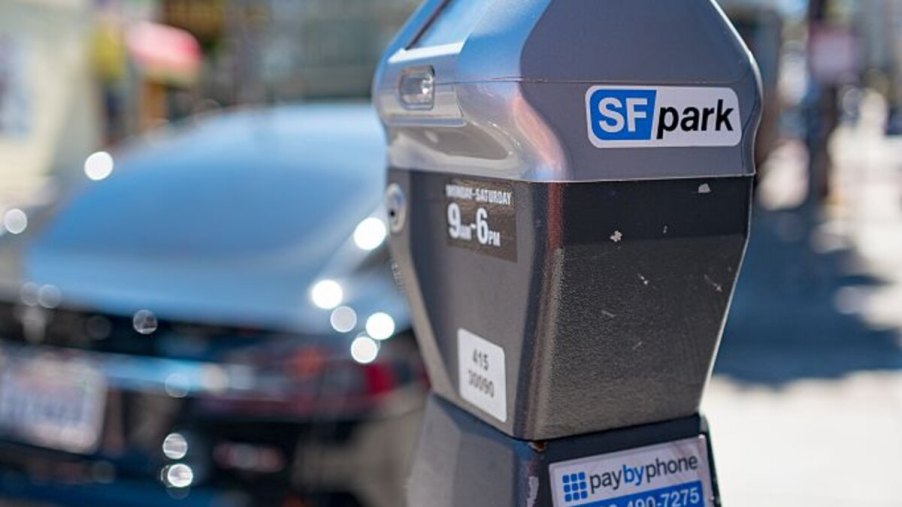
S.F. Parking Meter Took in $17K Last Year-Costs $11 an Hour
There is a parking meter at the corner of Pierce and Lombard streets in the heart of San Francisco city traffic between bustling Chinatown/Embarcadero and the Presidio in Pacific Heights. It is prime tourist territory and an excellent place to park to check out the S.F. scene. That is if you can afford it. It’s $10.75 per hour or $82 for the day on a weekend.
But this single parking meter site is a hot spot. So hot that last year, it took in over $17,000. From one parking meter in one year.
Is this the only San Francisco parking meter that’s this expensive?
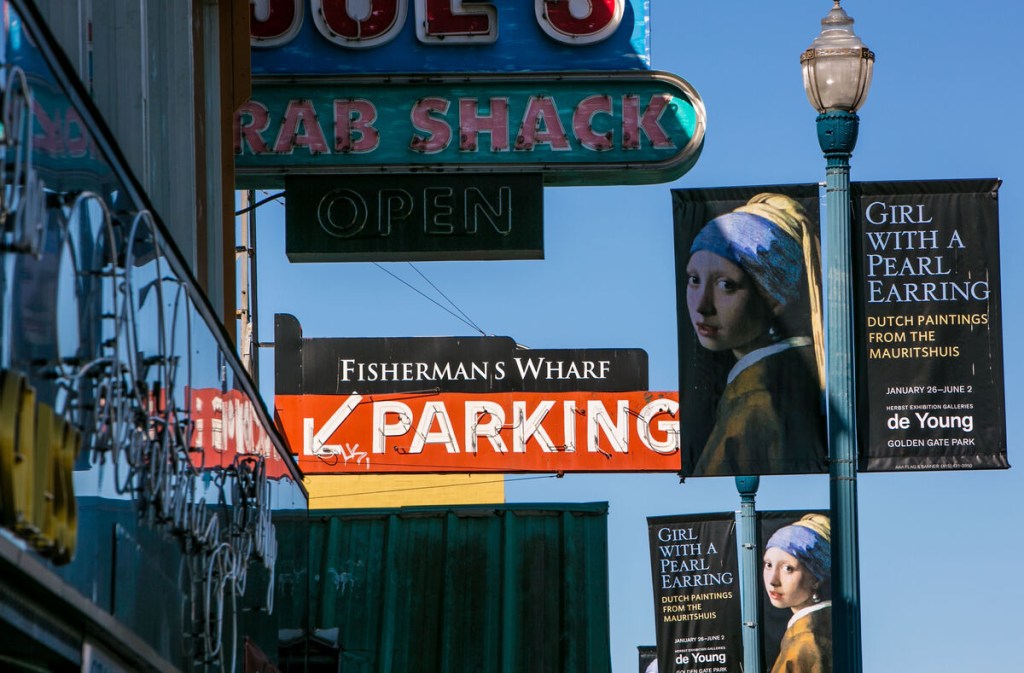
In all, there are 15 metered parking spaces on Pierce Street, between Lombard and Chestnut Streets, adjacent to the meter in question. Those 15 spaces were responsible for bringing into city coffers over $185,000 in 2022. But when drivers confront the cost, they shrug. “It’s still cheaper than paying a parking ticket,” one driver told The Standard.
Most of the meters in San Francisco stop charging after 6 PM and begin again at 10 AM the next morning. Sundays are mostly free, but not everywhere in the city. According to The Standard, the city is contemplating raising the time parking meters charge to 10 PM.
Then there are the multi-space lots dotting the city. One, at 2450 California St., has 48 spaces. Last year, it added almost $100,000 to the city’s bottom line. Another on Mission Bay Blvd., by UCSF Medical Center, brought in $88,000. These two are the most profitable multi-car lots in the city.
How much did San Francisco make last year from parking meters?
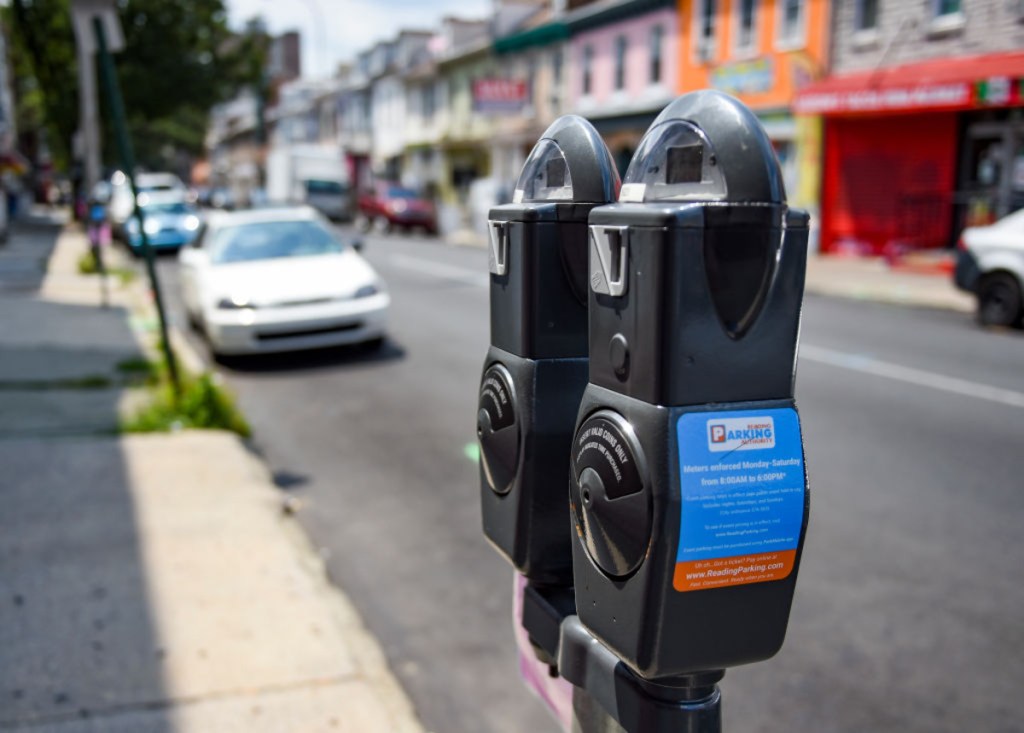
Keep in mind that in many cases, there are lots in proximity to many of these parking meters—the cost to drivers under $20 to park for up to 12 hours. But for whatever reason, the parking meters nearby continue to outpace the revenues from these multi-space lots. Last year, San Francisco took in $51.7 million from almost 23,000 parking meters sprinkled around town, according to meter transaction data.
At the end of 2017, the city began what it calls Demand-Responsive Pricing of its parking meters. It allows for meter prices to fluctuate up or down depending on city driving demand. The idea is to charge more for especially hot parking spots, sort of a supply and demand strategy. The San Francisco Metro Transportation Agency (SFMTA) Board reviews the meter traffic every three months to determine if the hourly price will increase, decrease, or stay the same.
Is “Demand-Responsive Parking” working?
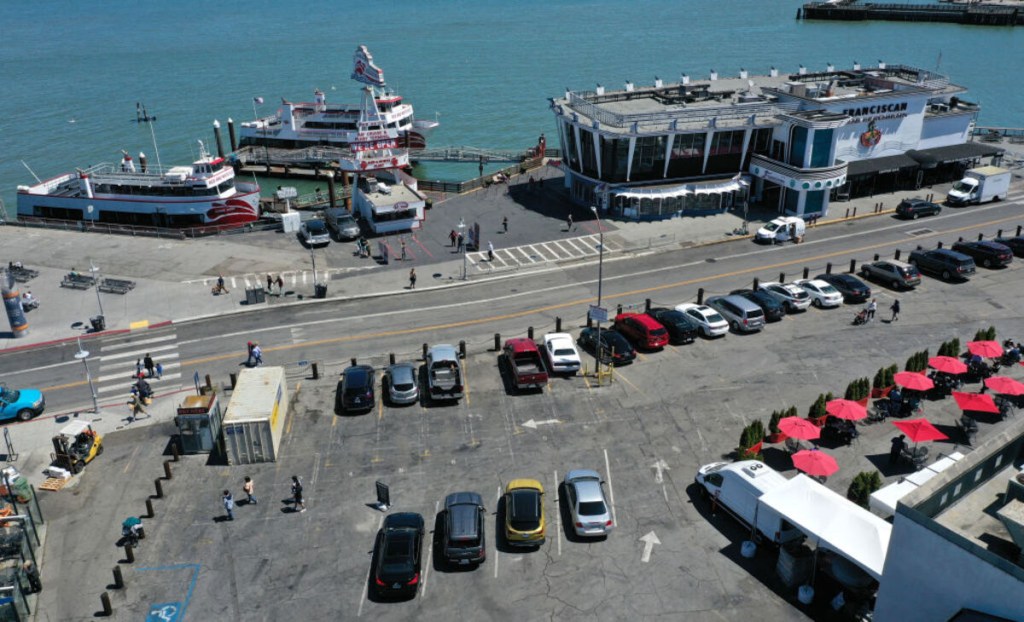
When meters charge too little, those businesses generally see less traffic because there is less turnover. And when meters charge too much, fewer drivers choose to park in those spots, also killing local business traffic. So, the SFMTA seeks to find the sweet spot to keep the price at a point that, one way or the other, doesn’t kill off customers.
That’s one reason the meter at Pierce and Lombard is almost $11 an hour, getting a price hike by $0.25 four times a year. Back in 2017, none of the meters were charging more than $8 an hour. You can see what has happened to that price in just six years.
